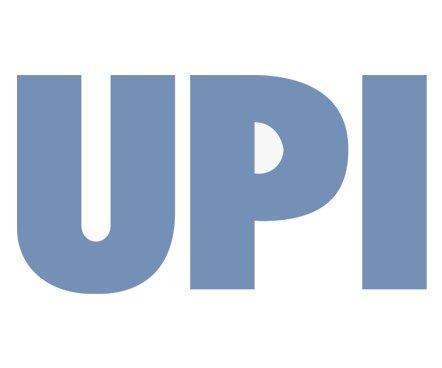Canadian company Husky Energy said it could be producing more by the start of the next decade, while the cost of doing business moves lower. Photo courtesy of Husky Energy
Dec. 5 (UPI) -- Spending for next year will be less than forecast in the previous five-year plan, but efficiency means production could be higher, Canada's Husky Energy said.
"We are ahead of our five-year plan in delivering cost efficiencies, lower cost production, lower operating costs, lower sustaining capital requirements, and increasing free cash flow," CEO Rob Peabody said in a statement.
The Canadian energy sector as a whole was hobbled by the low price for crude last year. The country is mostly landlocked as an energy exporter and relies almost exclusively on the United States as a destination for crude oil.
A five-year plan outlined earlier this year called for an overall production increase from around 325,000 barrels of oil equivalent per day in 2017 to about 395,000 barrels of oil equivalent per day by 2021. Operating costs, meanwhile, at the time were down to about $9 per barrel of oil equivalent and Husky's inventory could break even so long as crude oil prices held above $35 per barrel.
In its latest announcement, the company said annual 2017 production would be at the low end, but still within its guidance for the year, despite selling off assets that represented about 2,500 barrels of oil equivalent per day.
Total spending should be about $3.1 billion at the high end, about 6 percent less than expected earlier this year. Production next year should be more or less on par with the 2017 average, but reach 400,000 barrels of oil equivalent per day by 2021.
The company's operating cost, meanwhile, is about 18 percent lower than it was three years ago and Husky said it would break even in terms of cash flow so long as the price for West Texas Intermediate, the U.S. benchmark for the price of oil, holds above $32 per barrel.
WTI was around $57 per barrel early Tuesday.
The company said it would lean on legacy operations in the U.S. market, but align its strategy more with the broader Canadian effort to tap into the Asian market.
Combining U.S. shale oil output and recovery for Canadian oil sands, analysts Michael Wittner and Mark Kogel with Societe Generale said total North American production could increase by 1.3 million barrels per day next year.
As parts of Canada show increased economic momentum, Soc Gen said costs for oil sand development are moving lower in some instances. U.S. shale oil, meanwhile, has been more resilient to lower crude oil prices than expected and countering the OPEC balancing effort somewhat.















